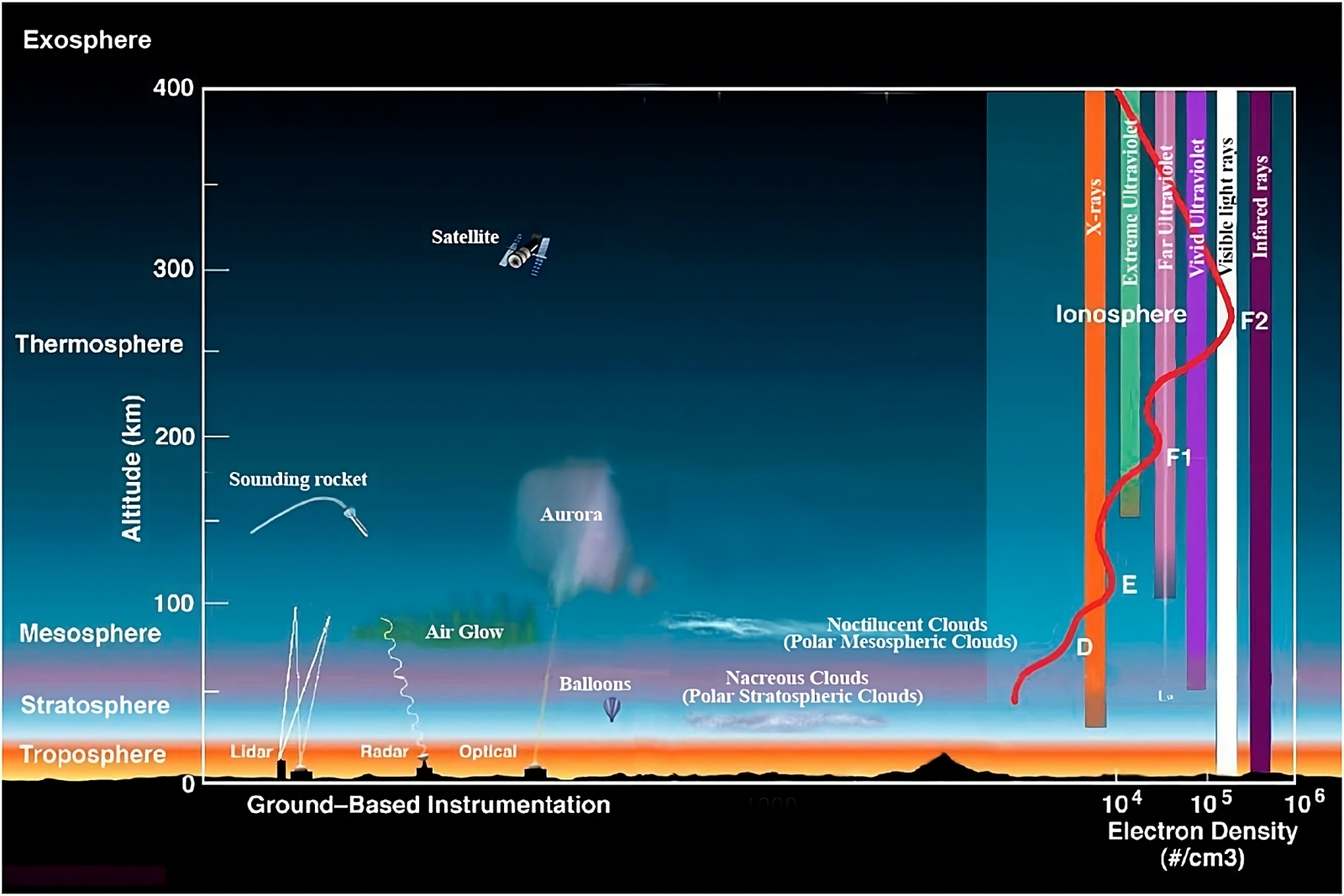Follow us on Google News (click on ☆)

NASA Image
For several decades, astronomical observations have suggested the existence of dark matter, whether through the rotation curves of galaxies or the formation of the Universe's gigantic structures. Attempts to replace this theory with gravity alternatives have failed so far, convincing the majority of astronomers that dark matter is an unknown form of matter that interacts very little with light or normal matter.
Among the hypotheses explored, dark matter could be composed of massive particles, although searches have so far revealed nothing. Alternatively, it may be extremely light, in the form of theoretical particles called "axions," or exotic photons with a small mass. This incredible lightness could lead to unusual behaviors, where dark matter would act more like large cosmic waves rather than isolated particles.
A recent study published on the preprint server arXiv explores models of ultralight dark matter that would rarely interact with normal matter. These interactions might sometimes produce radio waves when dark matter encounters plasma and their frequencies coincide, creating a resonance that would amplify these interactions.
The Universe is filled with plasmas, but this new research has identified Earth's ionosphere as a potential point of interaction. This hot, thin layer of the upper atmosphere is composed of ionized particles and could allow dark matter waves to generate barely detectable radio waves.
To detect these waves, researchers are considering using a radio antenna tuned to search for a specific frequency over an entire year. The ionosphere is particularly promising because it naturally reflects many radio waves from deep space, reducing interference. Additionally, it is easily accessible and already well-studied, facilitating the implementation of this technique.
Although this research is still in its early stages and the observation technique may take years to perfect, it could lead to a better understanding of dark matter. If successful, this method could unveil one of the most mysterious elements of the Universe, just above us.